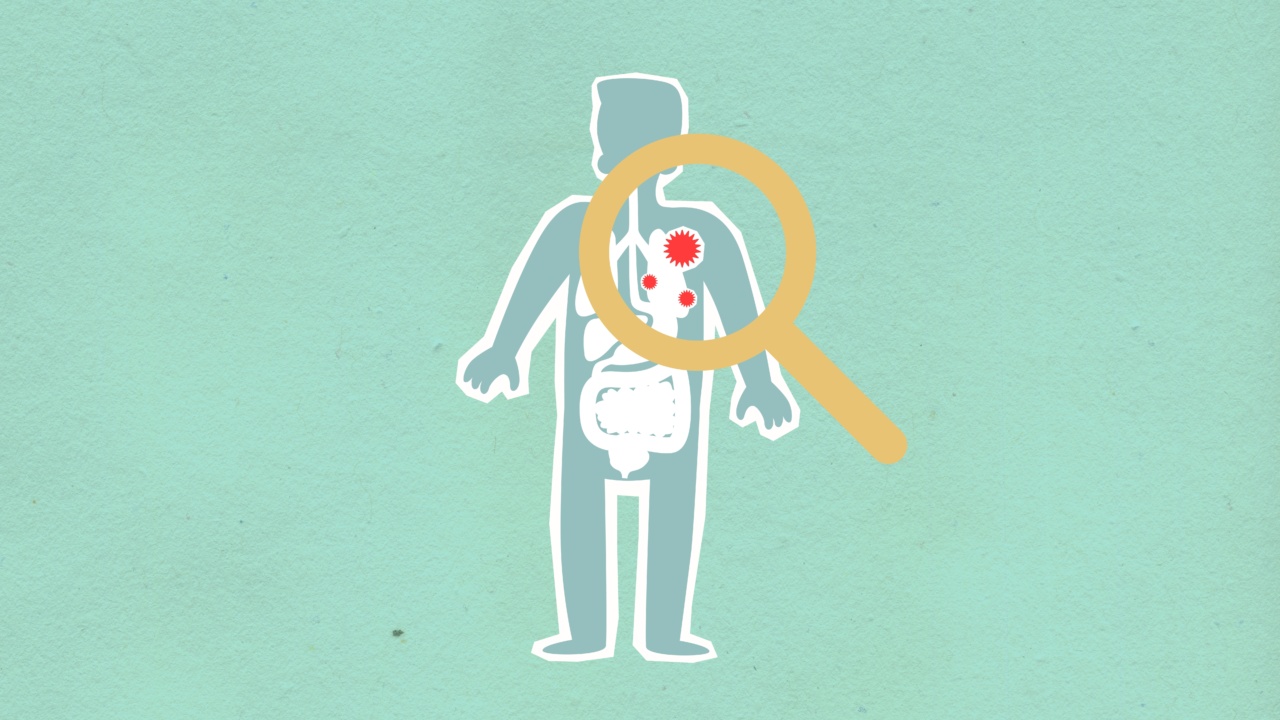The 1918 influenza pandemic, also known as the Spanish flu, was one of the deadliest pandemics in history. The flu not only took a toll on human lives but also had a lasting impact on the global economy.
Similarly, the financial crisis of 2008 caused economic turmoil worldwide. In this article, we will explore the parallels between these two events and examine the long-term consequences they had on the financial landscape.
The Spanish flu: A global health crisis
In 1918, the world was already grappling with the devastating effects of World War I when the influenza pandemic struck.
The virus infected an estimated 500 million people worldwide and claimed the lives of at least 50 million individuals, making it one of the deadliest pandemics in history.
The impact of the flu was not limited to the loss of human lives; it also had far-reaching economic consequences. As the virus spread, many businesses and industries were brought to a halt.
Factories closed, transportation systems were disrupted, and public gatherings were banned. This caused a severe downturn in economic activity, leading to a global recession.
Financial crisis of 2008: A meltdown of the global economy
In 2008, the world experienced another significant crisis, the financial meltdown. The collapse of Lehman Brothers, a prominent investment bank, triggered a chain reaction that resulted in a global financial crisis.
The crisis was characterized by widespread bank failures, stock market crashes, and a sharp decline in economic growth.
The housing market played a pivotal role in the crisis. Easy access to credit and subprime mortgage lending had fueled an unsustainable housing bubble.
When the bubble burst, it led to a wave of foreclosures, leaving banks with toxic assets and causing a credit freeze. As a result, businesses struggled to obtain financing, consumer spending plummeted, and unemployment rates soared.
Similarities between the two crises
While the Spanish flu and the financial crisis of 2008 were distinct events, they shared several similarities in terms of their impact on the economy:.
1. Disruption of global supply chains
In both crises, the flow of goods and services was severely disrupted. During the flu pandemic, numerous factories and businesses closed down, leading to a shortage of essential goods.
Similarly, during the 2008 financial crisis, the collapse of major financial institutions caused a freeze in lending, making it difficult for businesses to obtain the necessary inputs for production.
2. Job losses and unemployment
Both the Spanish flu and the financial crisis of 2008 resulted in substantial job losses. During the flu pandemic, many workers fell ill or died, leading to labor shortages in various industries.
Similarly, in 2008, countless individuals lost their jobs as businesses downsized or closed down entirely. The unemployment rates soared, leaving many households struggling to make ends meet.
3. Decline in consumer spending
During both crises, consumer spending took a hit. In the aftermath of the flu pandemic, people were cautious about engaging in activities that involved public gatherings or close contact with others.
This led to a decline in spending on entertainment, travel, and dining out. Likewise, the 2008 financial crisis caused a loss of confidence among consumers, reducing their willingness to spend on non-essential items.
4. Stock market volatility
Both the Spanish flu and the 2008 financial crisis resulted in significant volatility in the stock markets. During the flu pandemic, stock prices experienced sharp declines as investors reacted to the uncertainty surrounding the outbreak.
In 2008, the financial crisis led to a sustained period of market turmoil, with stock prices plummeting and investors witnessing substantial losses.
Long-term consequences
Both the Spanish flu and the financial crisis of 2008 had lasting consequences for the global economy:.
1. Changes in public health infrastructure
The Spanish flu prompted governments and health organizations to invest heavily in public health infrastructure.
The lessons learned from the pandemic led to the establishment of stronger epidemiological surveillance systems, improved healthcare facilities, and the development of vaccines. Similarly, the 2008 financial crisis brought about significant regulatory reforms in the banking and financial sectors to prevent a similar meltdown in the future.
2. Increase in social safety nets
Both crises underscored the importance of social safety nets. In the aftermath of the Spanish flu, many countries implemented social welfare programs to support individuals and families affected by the pandemic.
The financial crisis of 2008 resulted in a renewed focus on social safety nets, with governments implementing measures to provide unemployment benefits, healthcare coverage, and support for struggling businesses.
3. Shifts in economic priorities
Both crises led to a reassessment of economic priorities. The Spanish flu highlighted the need for diversification and resilience in supply chains to mitigate the impact of future disruptions.
In the aftermath of the financial crisis, there was increased attention on financial stability and the prevention of speculative bubbles. Governments and central banks focused on implementing policies that would promote steady economic growth while reducing the risk of future crises.
Conclusion
The Spanish flu and the financial crisis of 2008 may seem like unrelated events, but they shared striking similarities in their impact on the economy.
Both crises disrupted global supply chains, caused job losses and unemployment, led to a decline in consumer spending, and resulted in stock market volatility. Furthermore, these events had lasting consequences, with changes in public health infrastructure, the increase in social safety nets, and shifts in economic priorities.
By understanding the impact of these events, we can better prepare for future crises and work towards building a more resilient and sustainable global economy.




























